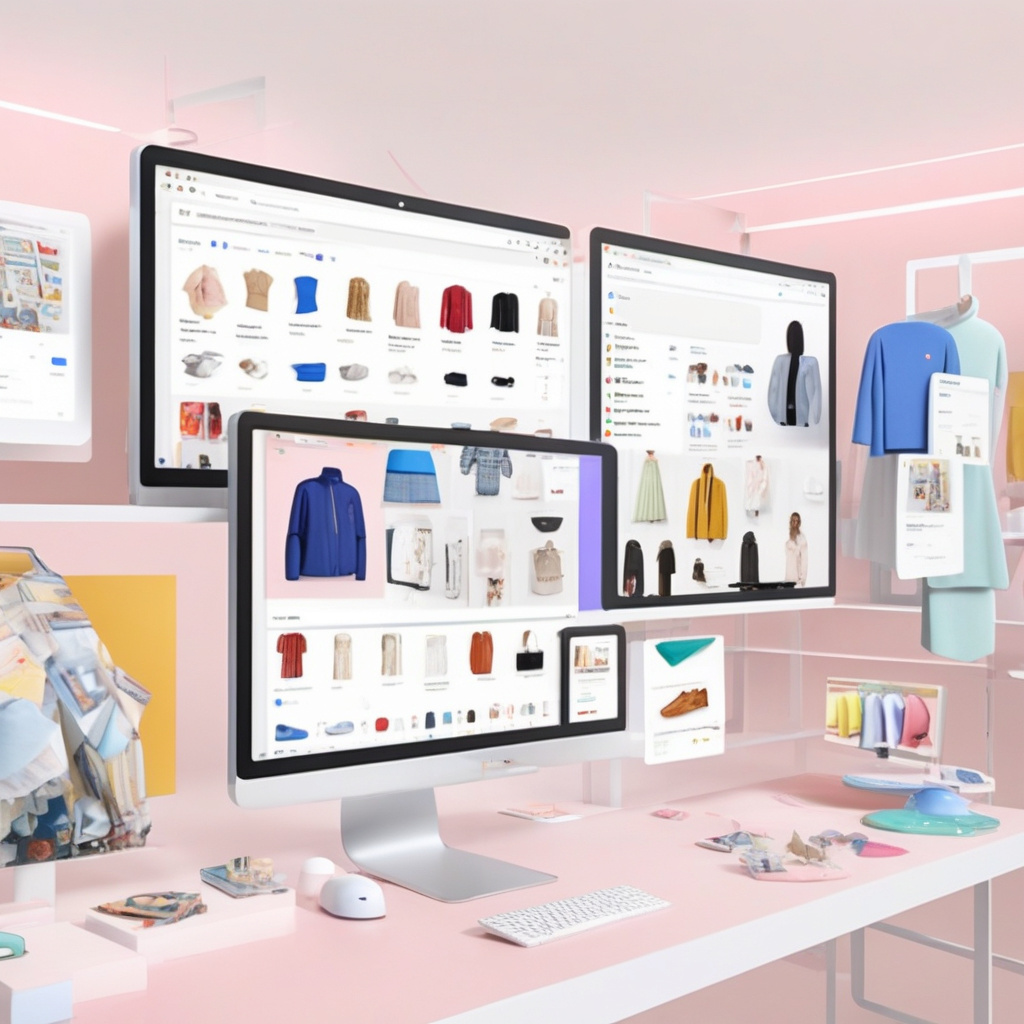In the realm of AI, shopping assistance has become a pivotal battleground for tech giants like Google and OpenAI. AI’s transformative capabilities are now evident in enhancing the shopping experience for consumers. The competition between Google and OpenAI in this arena is a fascinating clash of technologies, each offering unique advantages and functionalities.
Google’s AI-driven tools, such as Google Assistant and Google Lens, have seamlessly integrated into the shopping experience. Google Assistant acts as a virtual shopping companion, helping users find products, compare prices, and even make purchases through voice commands. On the other hand, Google Lens revolutionizes visual search, allowing users to snap photos of items and receive instant information about them, including where to buy them.
OpenAI, on the other hand, is renowned for its advanced natural language processing capabilities. GPT-3, OpenAI’s flagship language model, can generate human-like text and engage in meaningful conversations. This technology enables personalized shopping recommendations, chatbot interactions for customer support, and even product reviews tailored to individual preferences.
When comparing the two, Google’s strength lies in its user-friendly interface and widespread adoption across devices. The convenience of using Google Assistant or Google Lens on smartphones, smart speakers, and other gadgets makes it a versatile and accessible shopping tool for consumers. Additionally, Google’s deep integration with online retailers and services enhances its utility for seamless shopping experiences.
On the contrary, OpenAI’s prowess in understanding and generating natural language opens up a world of possibilities for personalized shopping experiences. By analyzing complex queries, sentiment, and context, OpenAI can offer tailored product recommendations, detailed explanations, and interactive shopping experiences that mimic human interactions.
In essence, Google excels in simplifying the shopping process through voice and visual interfaces, making it ideal for quick and efficient transactions. Meanwhile, OpenAI shines in delivering personalized recommendations and engaging interactions, catering to users looking for a more bespoke shopping experience.
Ultimately, the choice between Google and OpenAI as shopping tools depends on individual preferences and needs. Those seeking convenience and accessibility may lean towards Google, while users valuing personalized recommendations and interactive experiences may opt for OpenAI. As AI continues to evolve, both Google and OpenAI are at the forefront of shaping the future of shopping through intelligent technologies.
In conclusion, the competition between Google and OpenAI in the realm of shopping tools showcases the diverse applications of AI in enhancing the consumer experience. Whether you prefer the seamless integration of Google’s AI or the personalized recommendations of OpenAI, both technologies offer unique benefits that cater to different shopping preferences. The future of AI-powered shopping tools is indeed exciting, with Google and OpenAI leading the way in innovation and user-centric solutions.

